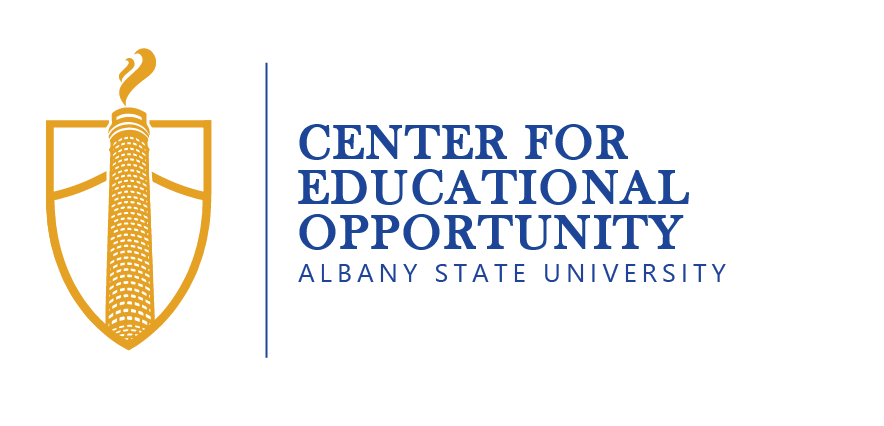Nation’s Report Card Assesses America’s Educational Legacy: Achievement Gaps Still Exist
The 2019 “Nation’s Report Card” was issued today based on National Assessment of Educational Progress (NAEP) findings that share how America’s children are performing in school according to two measures — 4th grade reading and 8th grade math proficiency.
However, I invite us all to take a step back and ask a few critical questions: What is education for? What are the children reading? What math are they doing?
Since 2017 they found:
- Higher average scores in grade 4 mathematics
- Lower average scores in grade 8 mathematics
- Lower average reading scores at both grades
Essentially the report culled data from 294,000 students from across the nation’s states and school districts. The researchers propose that their findings are predictors of how 4th graders will do in life and whether 8th grade students are poised for high school and college-level achievement.
I often think of math in terms of its day-to-day use. My most memorable recollections of “math” were what I learned selling Girl Scout Cookies and making change at a lemonade stand. For a child interested in sports, math might be understood in terms of the batting percentage of their baseball hero. While measuring math achievement, can the adolescent calculate a 10% off sale at a local retail store? I want to know how many are saving.
As it relates to reading, I question what texts school districts have adopted for 4th- grade reading. As an adult, I am an avid reader. If the first few pages of a book do not capture my attention, however, I will quickly put it down. On the contrary, if it’s a page turner, I won’t stop until I reach the end. Children in school don’t have that option.
Most textbook publishers contract with state departments of education to supply textbooks that are then assigned to entire school districts. What is in the hands of these 4th- grade students who are not reading well? Do they see themselves in the pages and examples from which they’re expected to read for comprehension, compose their thoughts and develop critical thinking skills?
In short, what are the other ways to measure 4th-grade reading and 8th-grade math proficiency?
What really fails when measuring data of children’s performance in school in aggregate in reports such as this is that you’re looking at points, not people, and children in fragile communities are falling through the cracks in large numbers in schools where families do not have educational choice. These are the children most likely feeding what has become known as the “school to prison pipeline.” In spite of great pronouncements, many children are being left behind and all are not succeeding.
Every child in every school in America should have access to educational opportunity. Yet, 65 years later, the promise of the Brown v Board has not been realized. Schools are becoming increasingly segregated.
Geography continues to equal destiny and the achievement gap continues to widen, leaving rural county students lagging behind their urban school peers; and black, brown and poor children far behind their white peers. Social capital remains largely unequally distributed. Economic and mobility factors often proscribe families to poor performing neighborhood schools for their children’s education at great peril to their futures. This often becomes a generational cycle, not easily broken.
To address poor school performance, we must look at the educational ecosystem, beginning with how schools are funded based on property values which almost always is a factor of parents’ race, education and income, factors so inextricably interwoven in the fabric of our very constitution that it would be dim to try to consider them as distinct. The legacy issues of education in America still endure.
Students are not made smarter by having a seat next to a white child in their classrooms. It is the access to opportunity provided in one’s family of origin and the breaks and barriers that a child must navigate by the time they enter the pre-K classroom that make all the difference.
Kathaleena Edward Monds, PhD is the founding director of the Center for Educational Opportunity at Albany State University – a Historically Black College and University.












